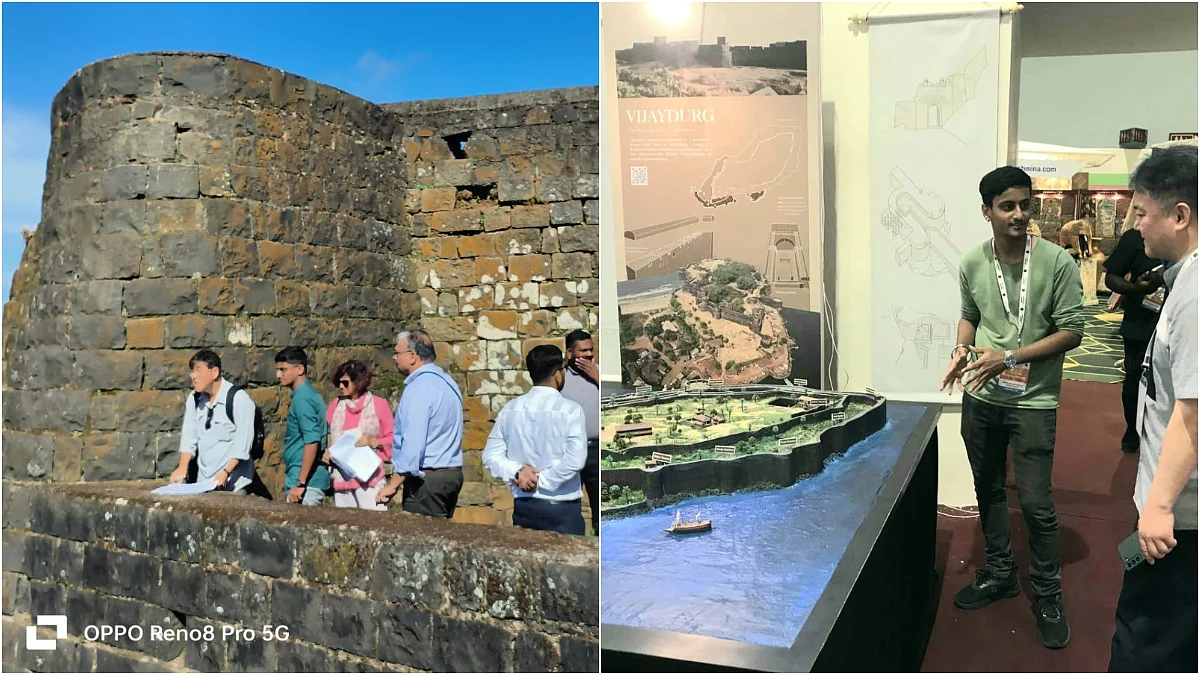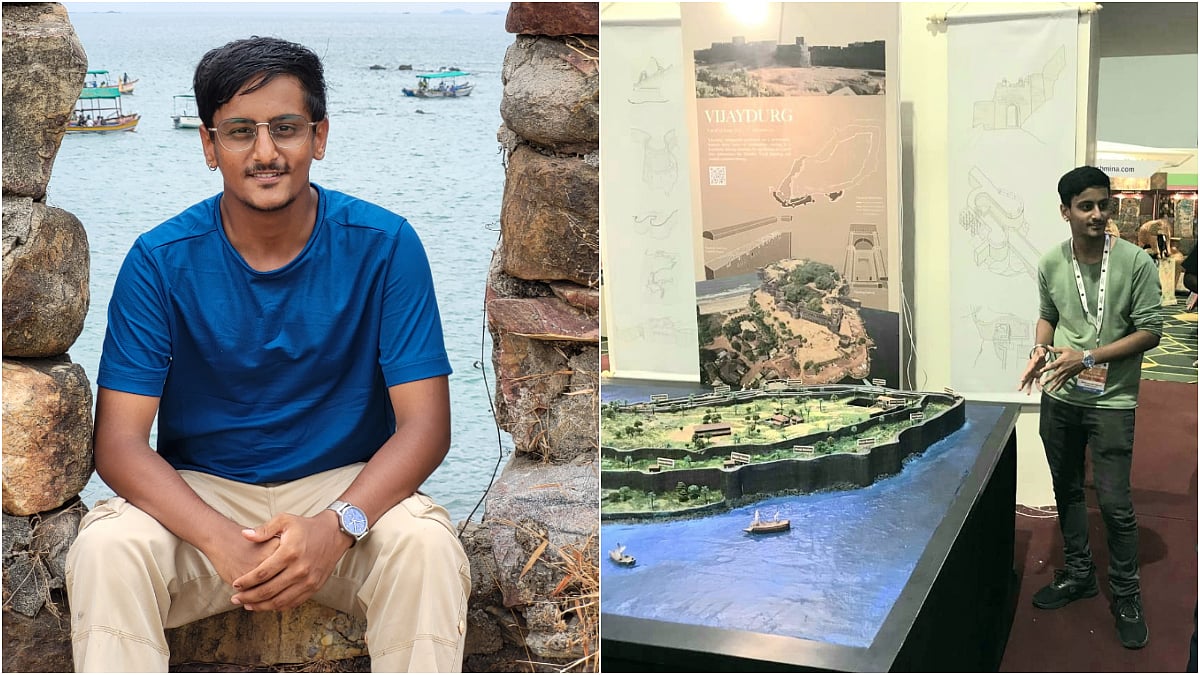Mumbai: Centuries-old Maratha military forts, which are the emblems of courage, strategic brilliance, and architectural ingenuity, have now earned global recognition. Out of hundreds of them, 12 of these iconic forts have been officially inscribed on UNESCO’s World Heritage list, spotlighting the Maratha Empire’s formidable defence infrastructure and cultural legacy.
This international honour was not easily won. The nomination journey, as intricate as the forts themselves, was initiated by Maharashtra’s department of archaeology and museums (DoAM). The department appointed the Gurgaon-based Development and Research Organisation for Nature, Arts and Heritage (DRONAH) to conduct extensive research for the nomination dossier.
Although the process began in the state’s administrative headquarters and traversed through Gurgaon, it ultimately culminated in the dedicated efforts of a 24-year-old Pune-based conservation architect Tanay Lalwani.
Insiders familiar with the project remarked that Lalwani was the ideal candidate to lead the research, having trekked and studied these forts from the age of five, he developed a lifelong passion that shaped his professional journey.

Young architect’s research helps 12 Maratha forts secure UNESCO World Heritage status | File Photo
Under the mentorship of DRONAH’s founder-director Dr. Shikha Shah, Lalwani compiled one of the most complex and ambitious nomination dossiers ever submitted in UNESCO’s cultural category. His work required a deep understanding of Maratha history, strategic military networks, and architectural evolution. Starting with a pool of over 390 forts dating from the 17th to the 19th century, Lalwani methodically narrowed the selection.
The forts were first grouped into clusters, leading to a shortlist of 60 primary and secondary sites. That list was further refined to 29 forts, from which 12 were ultimately chosen as the best representations of the Maratha military landscape, a term that replaced the original ‘Maratha military architecture’ to reflect the interconnected system of forts that formed a unified strategic network.
These 12 selected forts span across Maharashtra’s varied geography with Raigad, Rajgad, Salher, Shivneri, Lohagad, Pratapgad, and Panhala in the Sahyadri ranges, Sindhudurg, Vijaydurg, Suvarnadurg, and Khanderi along the Konkan coast, and Gingee Fort in the Eastern Ghats of Tamil Nadu.
Speaking to The Free Press Journal, Lalwani explained, “The term military landscape was chosen because the forts are not standalone structures but are interconnected nodes in a vast strategic defence system envisioned by Chhatrapati Shivaji Maharaj. The nomination was based on two key UNESCO criteria including the unique architectural style, unlike any other in the world, and the intangible legacy of Shivaji Maharaj’s concept of Swaraj.”
The detailed dossiers were submitted to DoAM in November 2023, then forwarded to the Archaeological Survey of India (ASI), and finally presented to UNESCO’s World Heritage Centre in Paris. After a rigorous 20-month evaluation, UNESCO’s expert committee honoured the Maratha military landscape for its "outstanding universal value."
While only 12 forts have received official UNESCO status, the recognition has also brought 54 additional forts, located within the buffer zones, into the spotlight for potential future conservation.
Reflecting on his journey, Lalwani said, “Since childhood, I dreamt of the world recognising the extraordinary Maratha fort network. Their condition has improved remarkably over the years. Now that they are officially World Heritage Sites, they will be preserved with greater care and international oversight.” He added that as part of the initiative, DRONAH also published a comprehensive conservation toolkit to guide the long-term preservation of these historic structures.

With this milestone, the Maratha forts are no longer just regional heritage but they now stand as global monuments to military ingenuity, cultural resilience, and architectural excellence.




.webp)



